
Canonization is the declaration of a deceased person as an officially recognized saint, specifically, the official act of a Christian communion declaring a person worthy of public veneration and entering their name in the canon catalogue of saints, or authorized list of that communion's recognized saints.
The process of beatification and canonization has undergone various reforms in the history of the Roman Catholic Church. For current practice, as well as a discussion of similar processes in other churches, see the article on canonization. This article describes the process as it was before the promulgation of the Codex Iuris Canonici of 1983.

Margareta Ebner was a German professed religious from the Dominican Nuns. Ebner – from 1311 – experienced a series of spiritual visions in which Jesus Christ gave her messages which she recorded in letters and a journal at the behest of her spiritual director; she was ill for well over a decade as she experienced these visions. The backdrop of much of Ebner's religious life was the bitter fighting between Pope John XXII and Holy Roman Emperor Louis the Bavarian, in which she and her convent faithfully backed Louis.
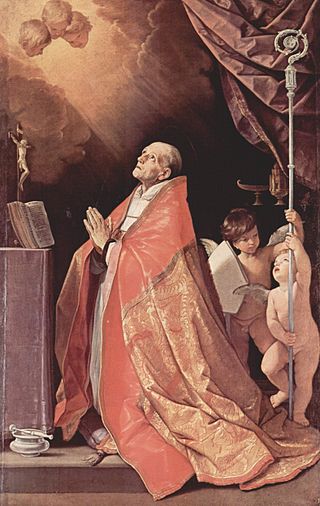
Andrea Corsini was an Italian Catholic prelate and professed member from the Carmelites who served as the Bishop of Fiesole from 1349 until his death.

Szymon of Lipnica was a Polish catholic priest and a professed member from the Order of Friars Minor. He became a sought after and noted preacher and took as his preaching inspiration Saint Bernardine of Siena and also was a strong proponent of popular devotions that he worked to spread.

Stanisław Kazimierczyk was a Polish Catholic priest and a professed member of the Canons Regular of the Lateran. He became noted for his ardent devotions to both the Eucharist and to his personal patron saint, Stanislaus of Szczepanów, as well as for his charitable dedication to the ill and poor of Kraków.
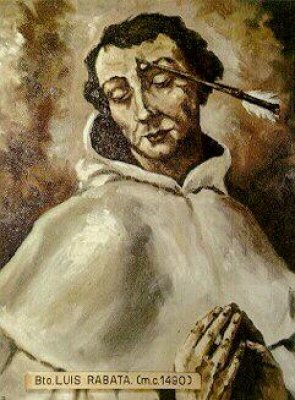
Luigi Rabatà, O.Carm was an Italian Roman Catholic priest from the Order of Carmelites. He served as prior of his convent of Randazzo until his death which occurred after an attack in which an arrow was shot into his head.

Domenico Spadafora was an Italian Roman Catholic priest and a professed member of the Order of Preachers. Spadafora was a noted evangelist and attracted countless to the Dominican fold while also converting the hearts of others who led dissolute lives. He is best known for being the first superior of a church he oversaw construction of in Monte Cerignone after receiving the papal approval of Pope Alexander VI to commence such work.

Francesco Lippi was an Italian Roman Catholic professed religious from the Carmelites. He lived his life as a soldier before suffering the loss of sight at which point his healing led him down the path of repentance and into the Carmelites.

Elena Duglioli was an Italian Roman Catholic aristocrat from Bologna noted for her devotion to Christian life and social teachings. Duglioli wanted to become a nun for the Poor Clares but instead married in order to please her parents. Duglioli is best known for commissioning a chapel with an image of Saint Cecilia to whom she was devoted.
Giacomo Benefatti was an Italian Catholic priest and professed member of the Order of Preachers who ascended to the position of Bishop of Mantua. Benefatti became noted for his tender care of the ill during epidemics of plague and both Pope Benedict XI - a close personal friend - and Pope John XXII held him in high esteem.

Giacomo Bianconi was an Italian Roman Catholic priest and a professed member of the Order of Preachers. Bianconi - who hailed from Umbria - joined the order in his adolescence and dedicated his pastoral career to his flock and on one notable occasion aided refugees when Frederick II sacked the area in 1248. He also combatted heresies and managed to convert one of their chief propagators while also distinguishing himself through his life of extreme poorness that went past the Dominican standards.

Giovannangelo Porro was an Italian Roman Catholic priest and hermit who hailed from the Milanese region and was a professed member of the Servites. Porro was born to nobles and became a priest after the death of his father. He remained a hermit in convents in places such as Florence and Milan where he dedicated his life to inward meditation and self-mortification until his death.

Arcangelo Canetoli was an Italian Roman Catholic priest and a canon regular of Santa Maria di Reno. Canetoli escaped the massacre of his parents and brothers who were killed in Bologna during a political feud and embraced the religious life not long after where he became noted to the point he turned down repeated offers to serve as the Archbishop of Bologna and the Archbishop of Florence.

Gregorio Celli was an Italian priest of the Roman Catholic Church and a professed member of the Order of Saint Augustine. Celli lived with the latter order in Rimini until he decided to spend the remainder of his life in deep contemplation and so moved to the region's hills where he dwelled in a cave near the Franciscans stationed there. It is claimed he was expelled from his order and became a Franciscan though there is no evidence to support this claim.
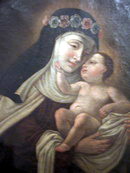
Giovanna Scopelli, O.Carm was an Italian Carmelite nun who established her own convent. Scopelli was forbidden to enter the third order branch of the order during her adolescence and waited until her parents died to embrace the religious life.

Bartolomeo Fanti was an Italian Roman Catholic priest from the Carmelite order in Mantua. Fanti served as the spiritual director and rector of a religious movement in his hometown and oversaw the establishment of their rule and statutes while himself serving as a novice master for his own order where he became known for being an effective preacher.
Bonaventura Tornielli was an Italian Roman Catholic priest and a professed friar from the Servite Order. Tornielli was born into a noble household and was a noted preacher in which he visited numerous Italian cities such as Florence and Perugia - Pope Sixtus IV held him in high esteem and even named him the "Apostolic Preacher". He also held various positions of leadership within his order.
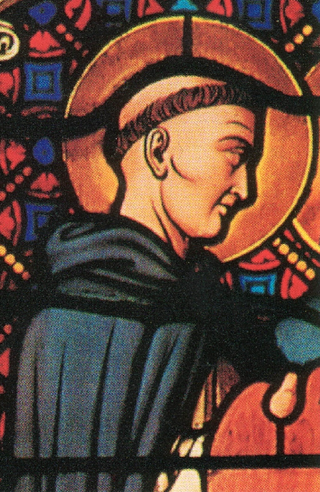
André Abellon, O.P. was a French Roman Catholic priest and a professed member from the Order of Preachers. He became a Dominican after hearing the preaching of Vincent Ferrer and studied art before joining their ranks. Abellon gained fame as a noted preacher and confessor but became a prominent figure after tending to victims of the plague in Aix-en-Provence in 1445. He was also a noted artist and painter with some of his works still surviving at present.
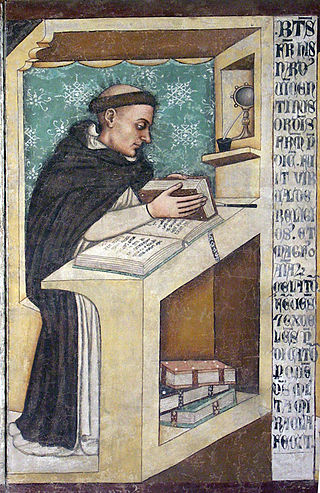
Isnardo da Chiampo, OP was an Italian Catholic priest and professed member in the Order of Preachers.

















